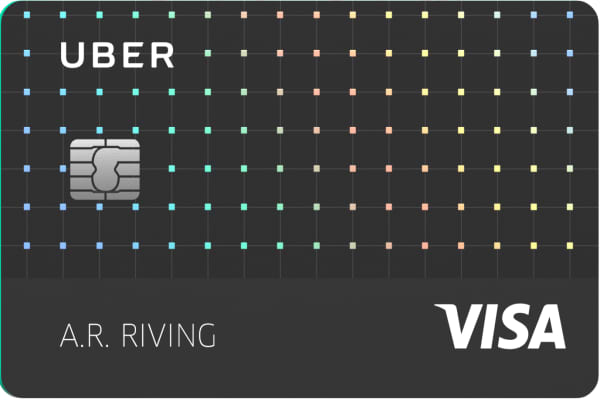
If you want a credit card that rewards travel and offers cash back at a good rate, we’ve got you covered.
In a recent analysis of the best travel credit cards, CNBC Make It reviewed 35 of the most popular travel cards in the U.S. Using a sample budget based on data from the Bureau of Labor Statistics, we estimated how much money each card would save the typical American, as well as frequent travelers, after five years. We also evaluated the ease of use of each card, plus notable features and potential downsides, including annual fees and interest rates.
While the Capital One Venture card was our No. 1 choice for the best travel card overall, another card stood out as the best choice for travelers who want cash back.
Our pick for the best travel credit card if you want cash back
Uber Visa from Barclays

If you want to rack up rewards as you travel and get straight cash back, the Uber Visa from Barclays is your best choice.
The card promises 4 percent cash back on restaurant spending, a return that’s hard to beat even among cash-back cards. It also offers 3 percent on hotels and airfare purchases, 2 percent on some online purchases and Uber rides, and 1 percent on all other purchases.
Plus, it offers a $100 sign-up bonus and doesn’t require an annual fee. If you spend $5,000 a year, it promises a $50 credit for online subscription services.
Since a lot of travel cards offer cash back at unfavorable redemption rates — for instance, the Chase Sapphire Preferred gives you 1.25 cents per point on travel costs but only 1 cent per point in cash — the Uber Visa from Barclays will earn you the best cash rewards.
Here’s what the card offers at a glance:
- Rewards: 4 percent cash back on dining; 3 percent on lodging and airfare; 2 percent on select online purchases and Uber; 1 percent on all other purchases
- Annual fee: None
- Bonus: $100 if you spend $500 in the first 90 days
- Variable APR: 16.49 to 25.24 percent based on your credit score
- Estimated five-year return for average travelers: $1,780
- Estimated five-year return for frequent travelers: $2,350
- How you redeem: Redeem for cash, Uber credit or gift cards
- Notable perks: $50 credit for online subscription; $600 in mobile phone protection
How we decided
To determine which card offers the best deal for travelers who want cash back, CNBC Make It compiled a list of 35 highly rated travel credit cards. We vetted each card based on its reward offers, introductory and eventual APR, annual fee, bonus, recommended credit score, late fee, balance transfer fee, foreign transaction fee, redemption rates, transfer options, customer reviews and extra perks.
We then estimated how much money each card would save the typical American and a frequent traveler after one year, two years and five years. Our assessment heavily weighs the five-year return to avoid a large sign-up bonus skewing the results. We also assume that most people want a great card that they can stick with for years, especially since bouncing from card to card can be bad for your credit score.
To estimate the return, we used expenditure data from the Bureau of Labor Statistics to make a sample budget broken down by average annual spending in categories like gas ($1,909), groceries ($4,049), dining out ($3,154) and general purchases ($12,833). The general spending category includes shopping, entertainment, public transit, vehicle expenses other than gas, some household costs and travel expenses like airline fares ($403), hotels ($475) and vehicle rentals ($64).
For the average-traveler budget, travel expenses were drawn directly from the BLS. For the frequent-traveler budget, we revised these categories upward based on the expert recommendation that you should spend at least $8,600 on travel and dining each year to make getting a travel card worth it. We increased the expenses proportionally to the average budget, estimating annual airfare costs of $2,300, hotel costs of $2,700 and vehicle rentals of $400.
The estimates also incorporate bonuses and perks like travel credits that can be used to pay for flights. (Less quantifiable perks like TSA Precheck credits and free bag checking were considered for each card but not included in the estimated returns.) Estimates assume you have a high credit limit and that you use your card for 90 percent of the purchases you make in these categories, accounting for instances where you have to use cash or shop somewhere that doesn’t accept your card. They also assume you don’t carry a balance.





























